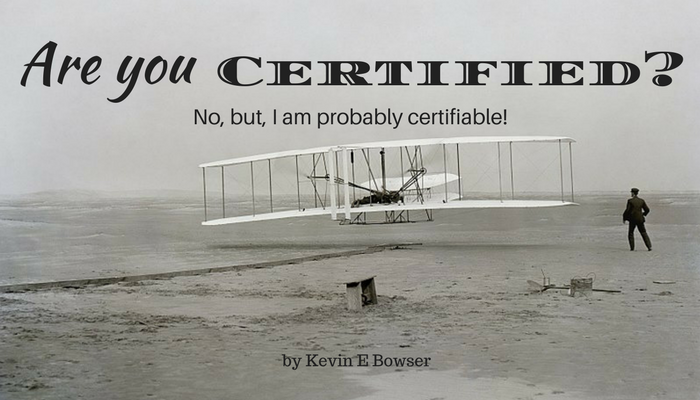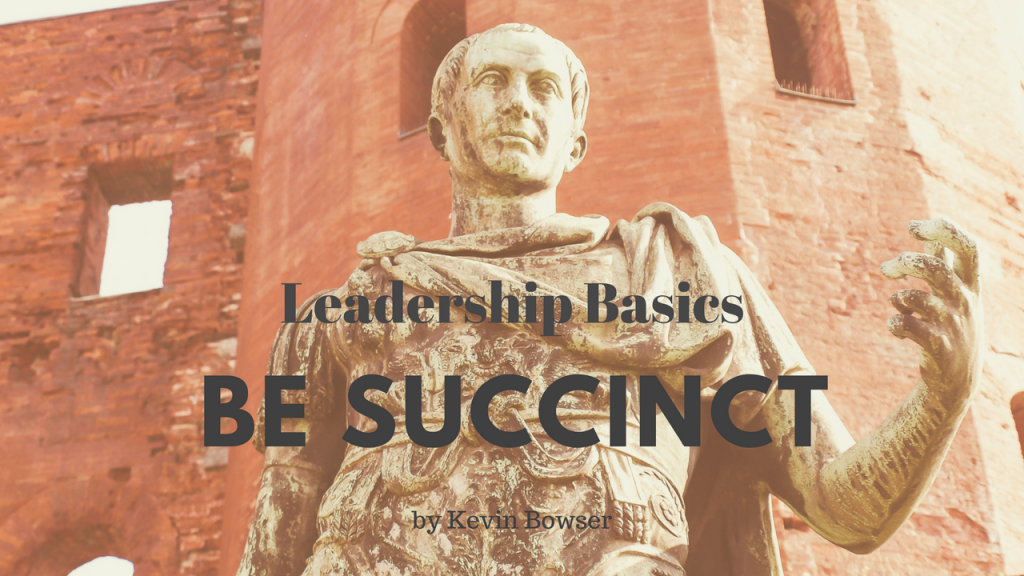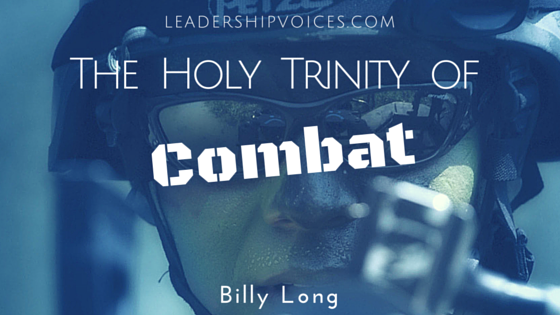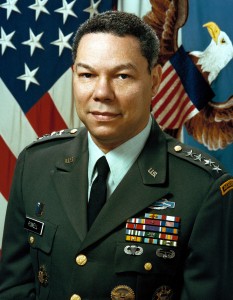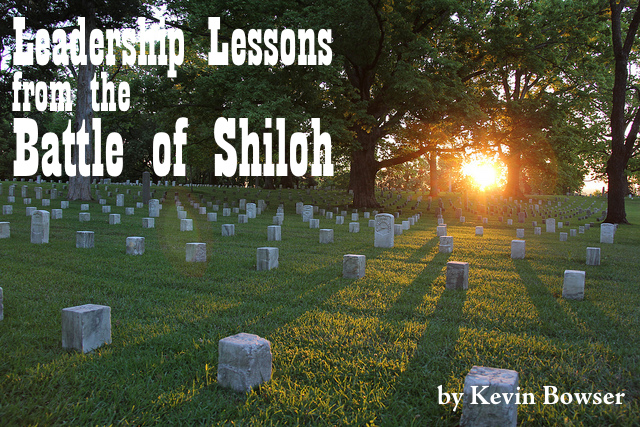
I was checking in with a friend of almost 20 years who lives south of the city of Houston. When hurricanes come to Houston, they usually hit him first. So, we were checking on each other. That’s what friends do.
He also mentioned during our conversation that I was probably developing several leadership articles from the events and activities over the last 6 days. He was right. I wrote one before the rain even began to fall. A friend provided a symbiotic article on Monday. And here we go on Thursday night with some of my thoughts so far on leadership lessons from Hurricane Harvey.
What does real leadership look like in a crisis?
I have a friend. His name is David. Actually, he is really an acquaintance. In fact, I haven’t ever actually met him in person. Although I would certainly like to. I would like to shake his hand and tell him what an amazing leader he is. For I have been following his exploits on Facebook for the past 6 days.
Houston is not your typical city. We are deeply independent and we believe in the value of self-reliance and responsibility. So, while many in similar circumstances would sit and wait for the police, fire, or other government entity to come and rescue those in need, folks like David dive in (literally!) and rescue those whose lives are in danger.
Watching David over the last 6 days has shown me a few things about leadership in new and fresh ways. Here are some things that I have watched over the time that Hurricane Harvey was wreaking havoc on Houston.
Leaders don’t wait to be called
The rain was still falling. In fact, we were still in the worst of the storm and David, a former special operations combat veteran, left the comfort of his own home and grabbed his gear and waded out into the water and then swam to trapped folks and began to rescue them.
No one called David. At least not externally. He was called by an inner voice that told him to get up, go out, and use his unique skills for the sake of his fellow Houstonians. Day after day he would perform heroic acts and then report back to his wife via Facebook about his rescues and recount not the heroics, but the humor and craziness that he experienced throughout the day.
No one called him. He just went.
Click here to read the rest of the article »
Caring is sharing. Will you please share this with your network?




